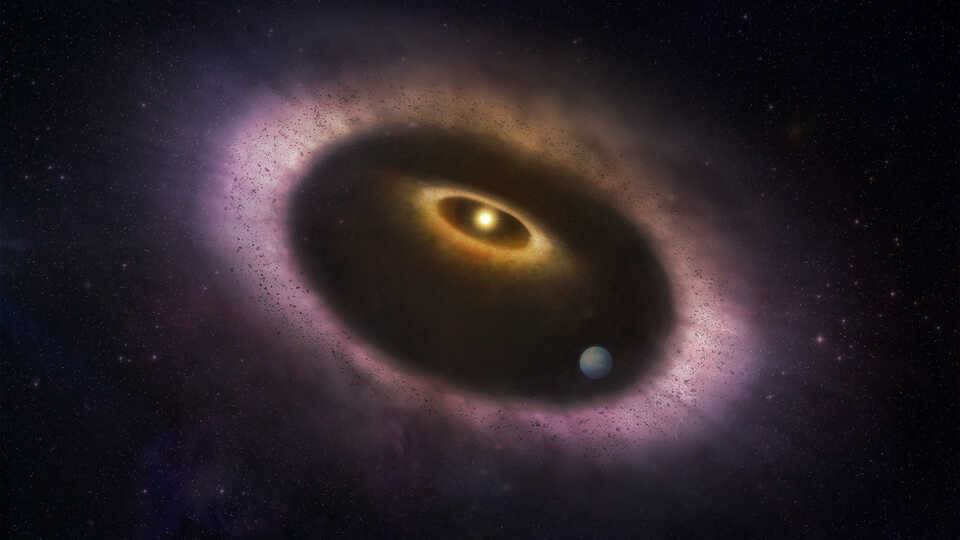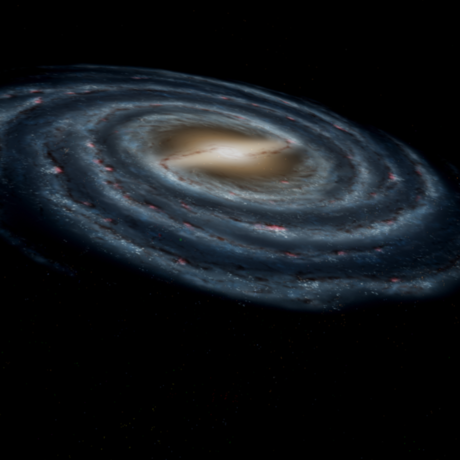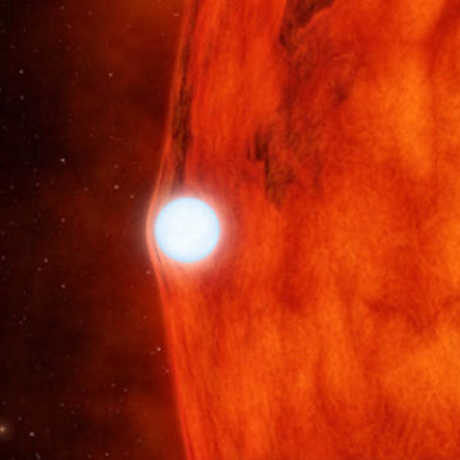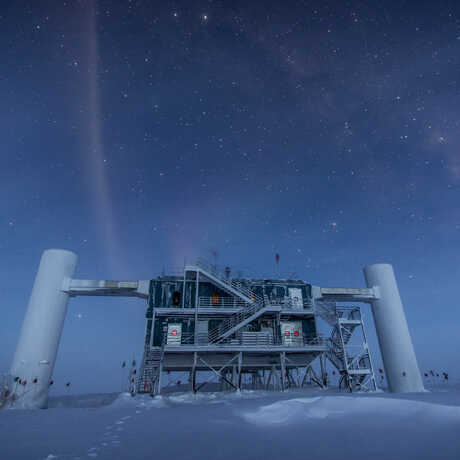Universe Update
Disks and Planet Formation

Artist impression of the debris disk surrounding star HD53143. Credit: ALMA (ESO/NAOJ/NRAO); M. Weiss (NRAO/AUI/NSF)
Carl Sagan said we are made of starstuff. (I personally like to think of myself, my friends, and my dog made of starstuff.) Our solar system is made of starstuff, too, including the Sun itself. Stars are born from clouds of gas and dust created by previous generations of stars. As the star forms, it creates a disk, which can also give rise to planets…
Yes, we are discussing planets again today, on the second day of the 240th meeting of the American Astronomical Society!
The process of planet formation can take millions of years. Instead of watching one system for millions of years to understand how planet formation works, astronomers look at protoplanetary disks of different ages. You can think of it as understanding how someone has grown from a baby to an adult by looking at a picture of them from each year of their life.
So we understand how adult humans form. To learn about planet formation, scientists need a large sample of disks. The Disk Detective Citizen Science Project found more than 40,000 disks looking through NASA’s Wide-field Infrared Survey Explorer (WISE). Scientists then turned to virtual reality (VR) to tackle discovering the age of these disks.
In the virtual environment, each star is color-coded. Using position and velocity information from Gaia, an ESA mission studying nearly two million stars, the VR software simulates the stars moving over time—in three dimensions! Scientists looked to see if planetary disks moved with groups of stars called young stellar associations, which is important because stars that move together likely formed simultaneously.
Marc Kuchner and Susan Higashio from NASA Goddard Space Flight Center found ten of the citizen-science disk discoveries in young stellar associations using VR software. This allowed them to determine the ages of each dusty disk star, ranging from 18 to 133 million years old. Now they can place them in a time sequence, and these stars become part of the story of how disks and planets form and evolve.
After planets form, any leftovers—dust or rocks that didn’t become part of a planet—create the debris disk. The Hubble Space Telescope has given us glimpses of debris disks around stars. Using the Atacama Large Millimeter/submillimeter Array (ALMA), Meredith MacGregor, an assistant professor at CU Boulder, imaged a debris disk called HD53143 in great detail. Before today, astronomers believed this face-on disk was similar to other debris disks seen by Hubble. ALMA data revealed that the star system actually has two debris disks, one highly eccentric and the other tilted. MacGregor believes a planet or planets in the system have gravitationally influenced the disk to produce the tilted inner disk. Without the planet, we would see a debris disk similar to our solar system.
These disks around stars aren’t just collections of dust and rocks in space. MacGregor calls them the “fossil record of planet formation.” This new result is confirmation that we have much more to learn from these systems! That knowledge may provide a glimpse into the complicated dynamics of young star systems similar to our solar system.





